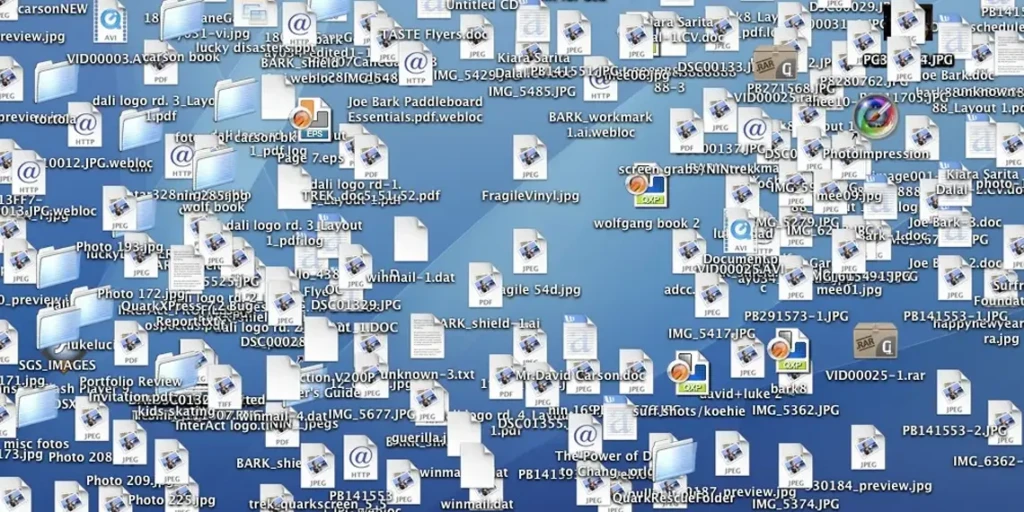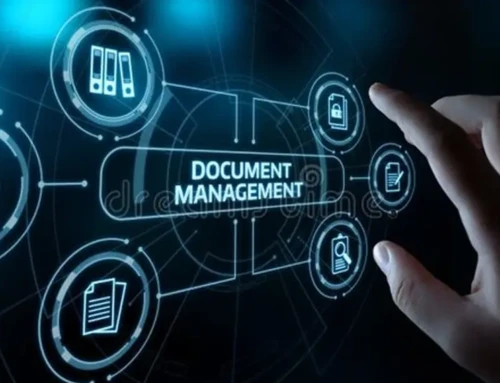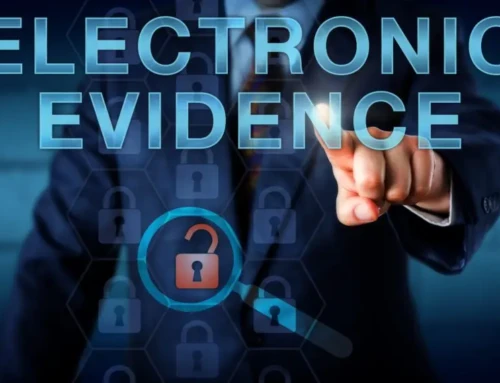
Almost every organization already have an extensive volume of unstructured content stored on an array of different storage environments. And almost every organization feel that they have good control over these records and that these records are under proper retention control. The challenge is that when many organizations decide to store these records on cloud devices or application storage solutions, they don’t take into account that MANY records are required by regulation and/or legal codes to be maintained on premises rather than in the cloud environment, and typically utilize different retention triggers due to technology limitations, and thus retention times, while unintentional, may vary.
The reality to this is that few organizations actually have appropriate control over their electronic records. Simple question to ask yourself: when I create or receive an email or office document, do I save in a ‘folder’ (or location) that automatically inherits the appropriate retention series and retention period, or do I need to attempt to do this sometime later,,,, when I have time? Most people answer with “when I have time…” That is only part of the problem.
Over the past 30 years, we have seen numerous variations at managing electronic records by using clever file naming conventions to using third party database tools to save information related to the document or record. These mechanisms are used by some users, but not all, as it is impossible to ensure that all documents are stored in the same fashion and/or follow the same naming convention or whether entries are created when appropriate and with the accurate information over time. The problem gets compounded when you consider that not all uses utilize the same naming convention, users change jobs, directories get renamed, etc.
Relying on someone’s memory later in the year (or worse expecting them to stop what they are doing to write down metadata in a separate archive) to notate what documents were created and/or received, why they were created or sent, and how many copies are distributed in an impossible task to reliably track. Users just won’t do that on a regular and reliable fashion. Most users will enter that metadata at a ‘group style’ level (i.e. reports on topic XZY for month of April, or a general topic listing a general storage location for a wide range of records, etc.). Some of the file naming conventions are so complex that as time changes, and organization functions change, files become unrecognizable as new users aren’t familiar with all the changes that have taken place over time. And to make things more complicated when these files are shared via attachments, and then stored elsewhere, there is effectively no way to know “who has what?”
Even worse, when organizations attempt to do this without recognizing that to properly index electronic content, there needs to be proper indexing techniques employed that take into account how the record was created, why it was created, and what topic it is related to and integrate into a mature ECM solution to automatically capture critical metadata without user intervention. To get these answers a certain amount of business process analysis needs to take place and then the appropriate technology needs to be configured to simplify the user indexing of the content.
The most appropriate method for many common office documents, is to integrate whatever office tools the organizations utilize (e.g. word, excel, ppt, etc.) to one of the mature ECM solutions available today and configure various folder structures the users are already familiar with using, and then present a simple to use indexing screen to provide adequate metadata, that is typically created by creative file naming and folder naming conventions. For the majority of office documents transmitted via email, integrating to an existing and mature solution as noted above is always the most appropriate method of tracking and managing these records. This approach also eliminates any over- or under-retention issues and ensures litigation related discovery has a greater level of accuracy, and most importantly completely eliminates the need for users or management to create manual reports attempting to collect this critical information, as this information is now automatically created and available with a very high level of accuracy.
The problem with the creative approach is that it is not consistent, and worse, when that particular user leaves or moves to another group, the replacement user may not be able to find the content, or know who it was sent to. This results in files that are not locatable, and/or copies of copies ‘floating’ around on various storage environments. To address this, some organizations create manual tracking of electronic records which ALWAYS results in false views of retention status, or defaulting records to transient, which creates other issues related to being able to comply with approved retention schedules and policies.
So, the question is: how do you avoid this common pitfall which can quickly become issues to the organizations?
The ECM standards organization consists of 3 working groups: WG2-Trustworthy Content/Records Management, WG1-Trustworthy Storage Technologies, and WG3-Information Capture. For more information or assistance on these topics, please contact Betsy Fanning, Program Director, ECM Standards Program at [email protected] or Robert Blatt, WG1/WG2 Committee Chair at [email protected].
Gaining control over your (disorganized) electronic content
Written by: Robert Blatt, MIT, LIT, CHPP, AIIM Company of Fellows
Robert has extensive hands-on ECM and records management and technical guidance for all Content/Document and Information Governance project activities at national and international levels. ISO Standards Development



